Are digitization and digital transformation the same?
When we talk about digital change, two words usually often pop up in our mind: digitization and digital transformation. Sounds similar? Or, are you thinking, aren’t these two the same words? Well, yes they are similar but they are not the same words. Digitization and digital transformation are both tied to the use of technology but, they represent different stages and intentions in the way businesses, especially in healthcare, operate. Let’s get to know this in detail in this blog and look at how they differ, how they work together, and how understanding this distinction can make a big difference in the long run for your company. The Basics: Digitization vs. Digital Transformation So, if we look from the top, digitization and digital transformation are both about change, that’s brought by technology. But the scope and purpose of change behind it are different in both. First, let’s understand digitization - Digitization, essentially means converting something physical into digital. That’s it, like scanning your physical file and storing it in your computer as a digital file. It’s about conversion—nothing more, nothing less. What do you gain from it? Easier storage, access, and management, however, the structure of the work doesn’t fundamentally change. Now, when we talk about digital transformation, it’s much more than this conversion. It’s about rethinking the way you operate using technology. It’s an organizational shift where you reimagine your entire business process, including customer experience, automation of workflows, and adjusting your business model to be more in alignment with the digital world. It is about the integration of digital technologies in all of your operations to improve both the internal workings of your company and the way you engage with customers. So, in one statement, if I have to explain, all I would say is - that digitization might be a step on the way to digital transformation, but it’s not the end game. The Misunderstanding Ok, so the problem is simple, the reason why you are here particularly is - the misunderstanding of digitization and digital transformation. While you may be clear about that by now, the next thing people often get confused with is that digitization is often seen as the first step toward digital transformation. Though that’s true, it’s easy to think that once you’ve digitized all your processes, you’ve already transformed, which is where the problem starts. Because this is like saying that buying a new car means you’ve become a skilled driver, which is definitely not the case (not even in video games). You need to know how to operate the steering wheel, how to adjust the speed, and the right traffic rules (to avoid being fined, of course), and you can’t know all this by just sitting in the driver’s seat. This confusion also happens because some companies tend to focus all their energy on technology. When you implement new software or systems, the focus is on efficiency, accessibility, and ease of use, which are all great, you should focus on them. But they don’t always lead to a more effective, customer-oriented, or forward-thinking company. And, you might know the reason by now, i.e., digital transformation is not just about tools, it’s about how those tools are used to rethink your entire approach to business. Why It Matters - The Impact of Getting It Wrong If you confuse digitization with digital transformation, your company might be missing out on potential improvements that go beyond the technical aspects. Here’s where it becomes important. HealthTech businesses, for example, might digitize patient records, making the process more efficient. But if they stop there, they miss opportunities to apply data analytics, improve patient engagement through mobile apps, or rethink the entire patient experience. While the data is digitized, the services provided could still be outdated or inefficient. When companies only focus on digitization, they risk overlooking the larger picture. They might upgrade their tools but leave the core systems and strategies untouched, which could lead to slow progress in an industry where change is needed quickly. And in an industry like HealthTech, speed matters because the needs of patients and healthcare providers are constantly evolving. How Digitization Plays Its Role in Digital Transformation It’s crucial to understand that digitization is an essential part of the journey, but it’s just the foundation. Without it, the more advanced steps of transformation would be difficult, if not impossible. If you have paper-based records, you can’t jump directly to predictive healthcare analytics or telemedicine. By converting physical documents or legacy systems into digital formats, you're laying the groundwork for a deeper, more impactful shift. This shift can help you streamline operations, integrate tools like cloud storage or AI-powered systems, and ultimately bring more value to your customers or clients. Fo
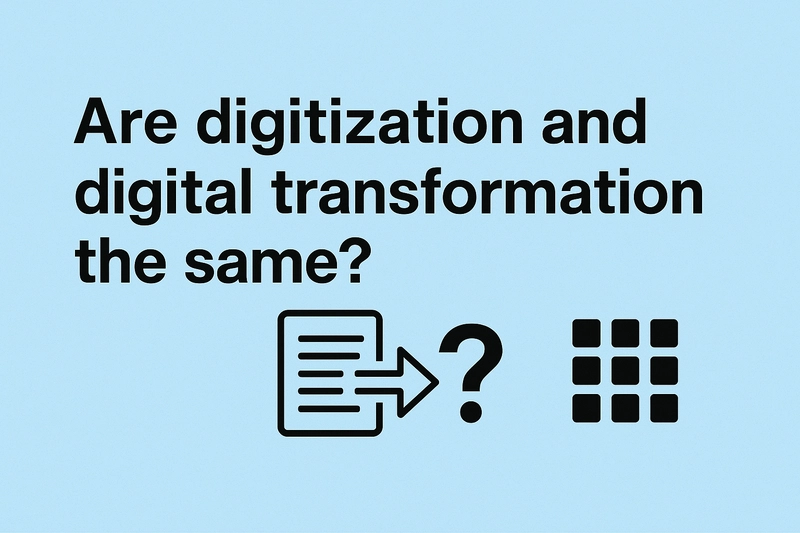
 When we talk about digital change, two words usually often pop up in our mind: digitization and digital transformation. Sounds similar? Or, are you thinking, aren’t these two the same words? Well, yes they are similar but they are not the same words. Digitization and digital transformation are both tied to the use of technology but, they represent different stages and intentions in the way businesses, especially in healthcare, operate. Let’s get to know this in detail in this blog and look at how they differ, how they work together, and how understanding this distinction can make a big difference in the long run for your company.
When we talk about digital change, two words usually often pop up in our mind: digitization and digital transformation. Sounds similar? Or, are you thinking, aren’t these two the same words? Well, yes they are similar but they are not the same words. Digitization and digital transformation are both tied to the use of technology but, they represent different stages and intentions in the way businesses, especially in healthcare, operate. Let’s get to know this in detail in this blog and look at how they differ, how they work together, and how understanding this distinction can make a big difference in the long run for your company.
The Basics: Digitization vs. Digital Transformation
So, if we look from the top, digitization and digital transformation are both about change, that’s brought by technology. But the scope and purpose of change behind it are different in both.
First, let’s understand digitization - Digitization, essentially means converting something physical into digital. That’s it, like scanning your physical file and storing it in your computer as a digital file. It’s about conversion—nothing more, nothing less. What do you gain from it? Easier storage, access, and management, however, the structure of the work doesn’t fundamentally change.
Now, when we talk about digital transformation, it’s much more than this conversion. It’s about rethinking the way you operate using technology. It’s an organizational shift where you reimagine your entire business process, including customer experience, automation of workflows, and adjusting your business model to be more in alignment with the digital world. It is about the integration of digital technologies in all of your operations to improve both the internal workings of your company and the way you engage with customers.
So, in one statement, if I have to explain, all I would say is - that digitization might be a step on the way to digital transformation, but it’s not the end game.
The Misunderstanding
Ok, so the problem is simple, the reason why you are here particularly is - the misunderstanding of digitization and digital transformation. While you may be clear about that by now, the next thing people often get confused with is that digitization is often seen as the first step toward digital transformation. Though that’s true, it’s easy to think that once you’ve digitized all your processes, you’ve already transformed, which is where the problem starts.
Because this is like saying that buying a new car means you’ve become a skilled driver, which is definitely not the case (not even in video games). You need to know how to operate the steering wheel, how to adjust the speed, and the right traffic rules (to avoid being fined, of course), and you can’t know all this by just sitting in the driver’s seat.
This confusion also happens because some companies tend to focus all their energy on technology. When you implement new software or systems, the focus is on efficiency, accessibility, and ease of use, which are all great, you should focus on them. But they don’t always lead to a more effective, customer-oriented, or forward-thinking company. And, you might know the reason by now, i.e., digital transformation is not just about tools, it’s about how those tools are used to rethink your entire approach to business.
Why It Matters - The Impact of Getting It Wrong
If you confuse digitization with digital transformation, your company might be missing out on potential improvements that go beyond the technical aspects.
Here’s where it becomes important. HealthTech businesses, for example, might digitize patient records, making the process more efficient. But if they stop there, they miss opportunities to apply data analytics, improve patient engagement through mobile apps, or rethink the entire patient experience. While the data is digitized, the services provided could still be outdated or inefficient.
When companies only focus on digitization, they risk overlooking the larger picture. They might upgrade their tools but leave the core systems and strategies untouched, which could lead to slow progress in an industry where change is needed quickly. And in an industry like HealthTech, speed matters because the needs of patients and healthcare providers are constantly evolving.
How Digitization Plays Its Role in Digital Transformation
It’s crucial to understand that digitization is an essential part of the journey, but it’s just the foundation. Without it, the more advanced steps of transformation would be difficult, if not impossible. If you have paper-based records, you can’t jump directly to predictive healthcare analytics or telemedicine.
By converting physical documents or legacy systems into digital formats, you're laying the groundwork for a deeper, more impactful shift. This shift can help you streamline operations, integrate tools like cloud storage or AI-powered systems, and ultimately bring more value to your customers or clients.
For example, by digitizing your inventory system, you open the door to automating stock management and predicting inventory needs through algorithms. But without a larger strategy that connects these tools and considers how they affect your operations and customers, you might end up with efficiency gains that don’t move the needle significantly in terms of business growth.
Why Digital Transformation Goes Beyond Technology
Now, digital transformation is more than just a technological upgrade. It requires a shift in mindset. It’s about aligning your people, processes, and tools with a new digital-first approach to business.
In your company, this could mean involving leadership in championing a change in company culture—creating an environment where innovation and agility are encouraged. It’s about changing how you make decisions, how you interact with customers, and how you scale your business.
Take healthcare services. Digital transformation in HealthTech can allow you to move from offering just patient data in digital form to giving patients real-time access to their health status, alerts, and even remote consultations with specialists. It’s not just about changing the patient’s record from paper to electronic—it’s about creating a new, seamless, and faster way of delivering care that is smarter and more efficient. That requires new strategies, not just new software.
The Right Mindset Is Thinking About Your Future, Not Just the Present.
To make digital transformation work, you need to take a strategic, long-term approach. It’s not just about adapting to current technology but about preparing for what comes next. In HealthTech, that means looking at new trends such as AI, machine learning, Salesforce, and personalized healthcare services that might completely change how care is delivered in the near future.
The transformation process needs to be gradual and aligned with the organization’s goals and vision. It’s about creating a roadmap that connects technology with long-term growth and value for both your company and your customers. And most importantly, it requires keeping an eye on future possibilities—not just focusing on what’s new today.







































































































































































![[The AI Show Episode 144]: ChatGPT’s New Memory, Shopify CEO’s Leaked “AI First” Memo, Google Cloud Next Releases, o3 and o4-mini Coming Soon & Llama 4’s Rocky Launch](https://www.marketingaiinstitute.com/hubfs/ep%20144%20cover.png)




































































































































































































![Blue Archive tier list [April 2025]](https://media.pocketgamer.com/artwork/na-33404-1636469504/blue-archive-screenshot-2.jpg?#)


































.png?#)


































.webp?#)












































































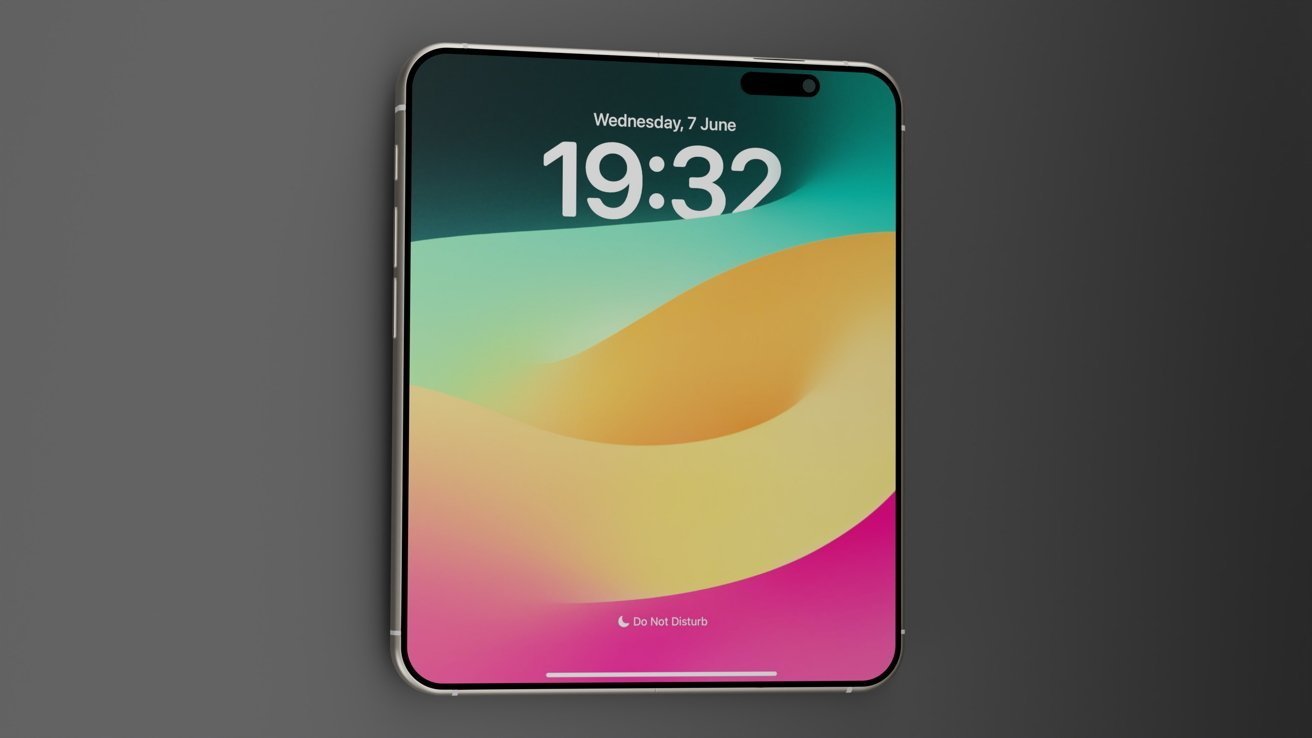









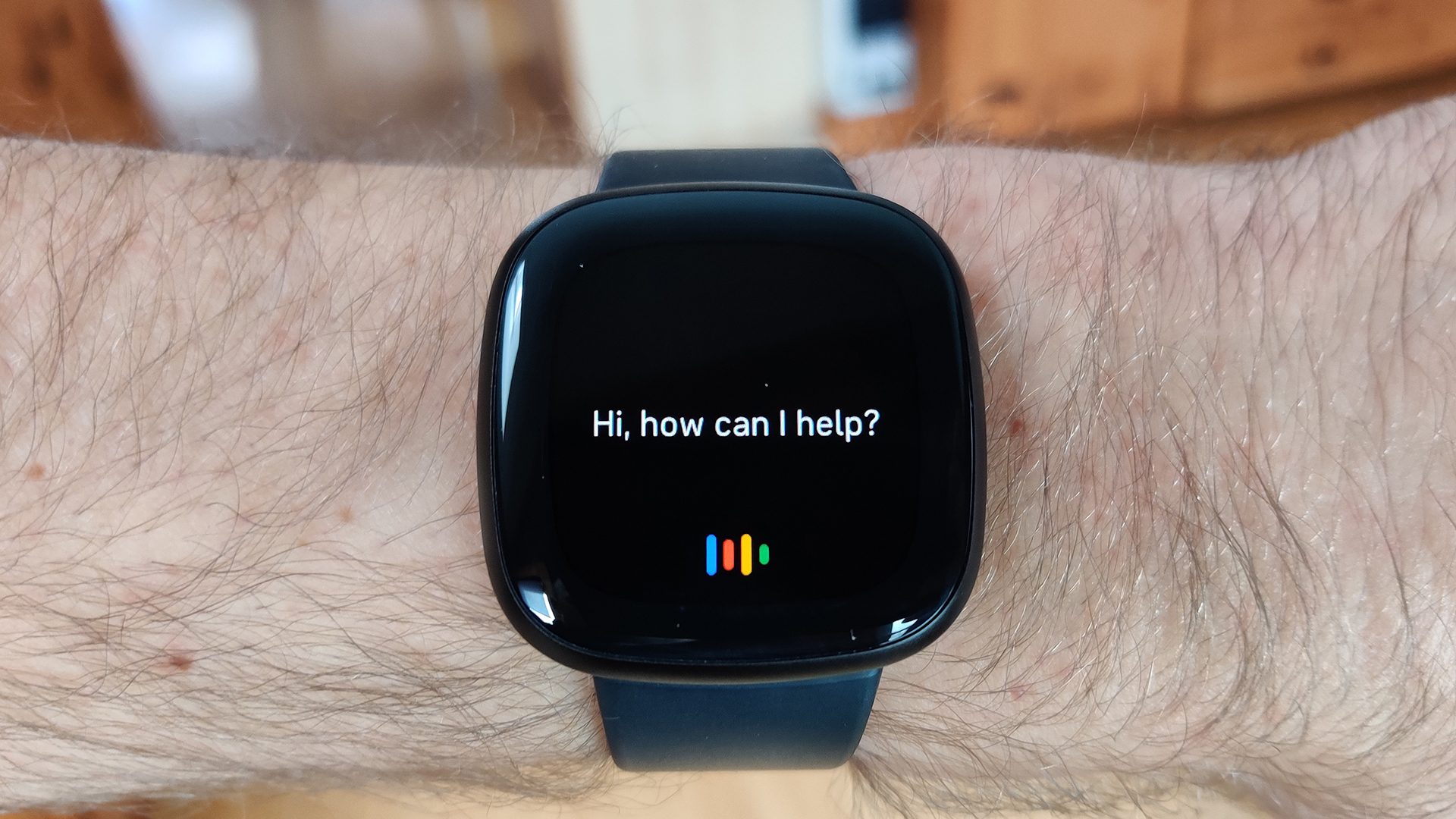
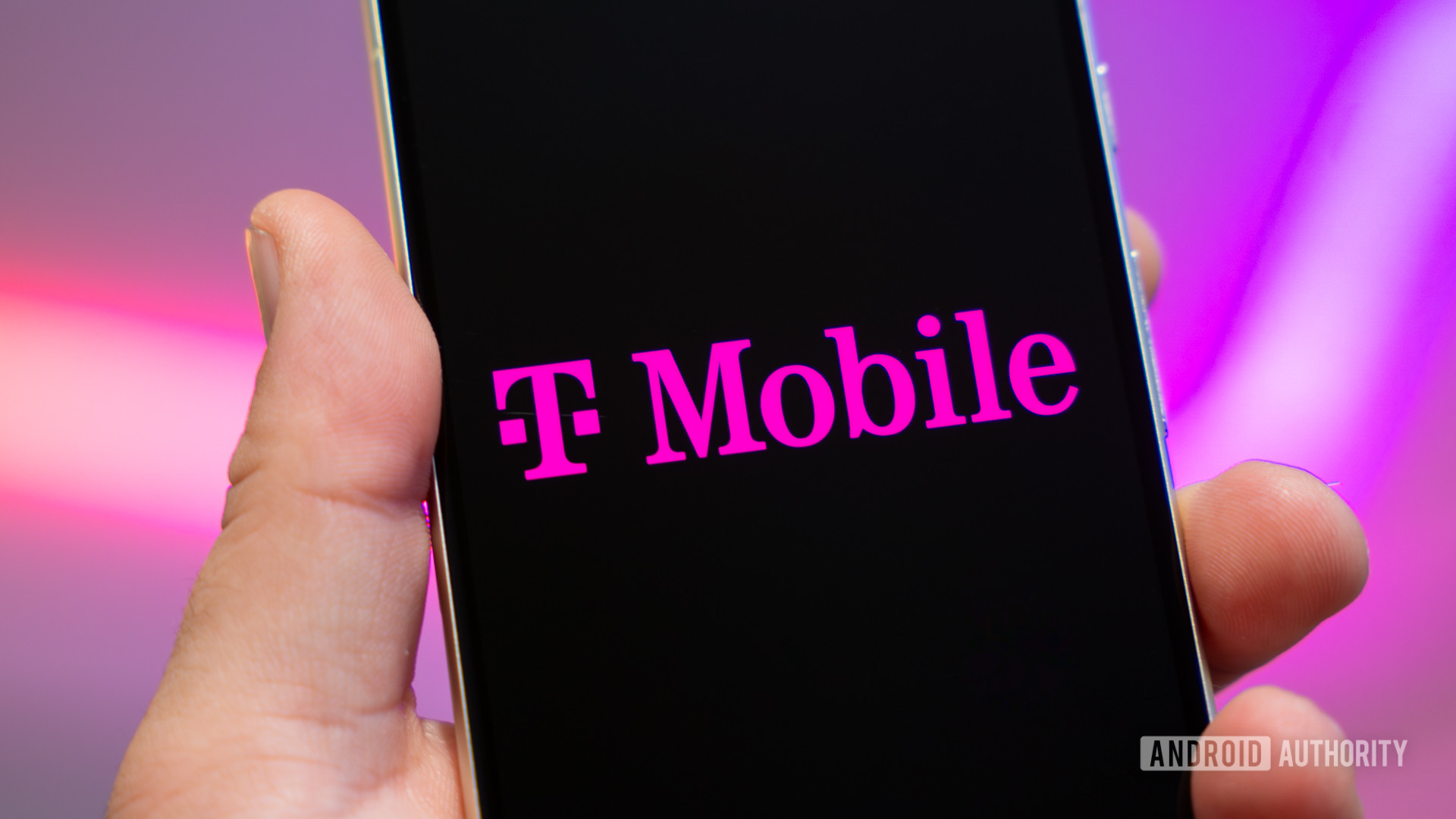




![[Update: Optional] Google rolling out auto-restart security feature to Android](https://i0.wp.com/9to5google.com/wp-content/uploads/sites/4/2025/01/google-play-services-2.jpg?resize=1200%2C628&quality=82&strip=all&ssl=1)

















![Apple to Split Enterprise and Western Europe Roles as VP Exits [Report]](https://www.iclarified.com/images/news/97032/97032/97032-640.jpg)
![Nanoleaf Announces New Pegboard Desk Dock With Dual-Sided Lighting [Video]](https://www.iclarified.com/images/news/97030/97030/97030-640.jpg)









































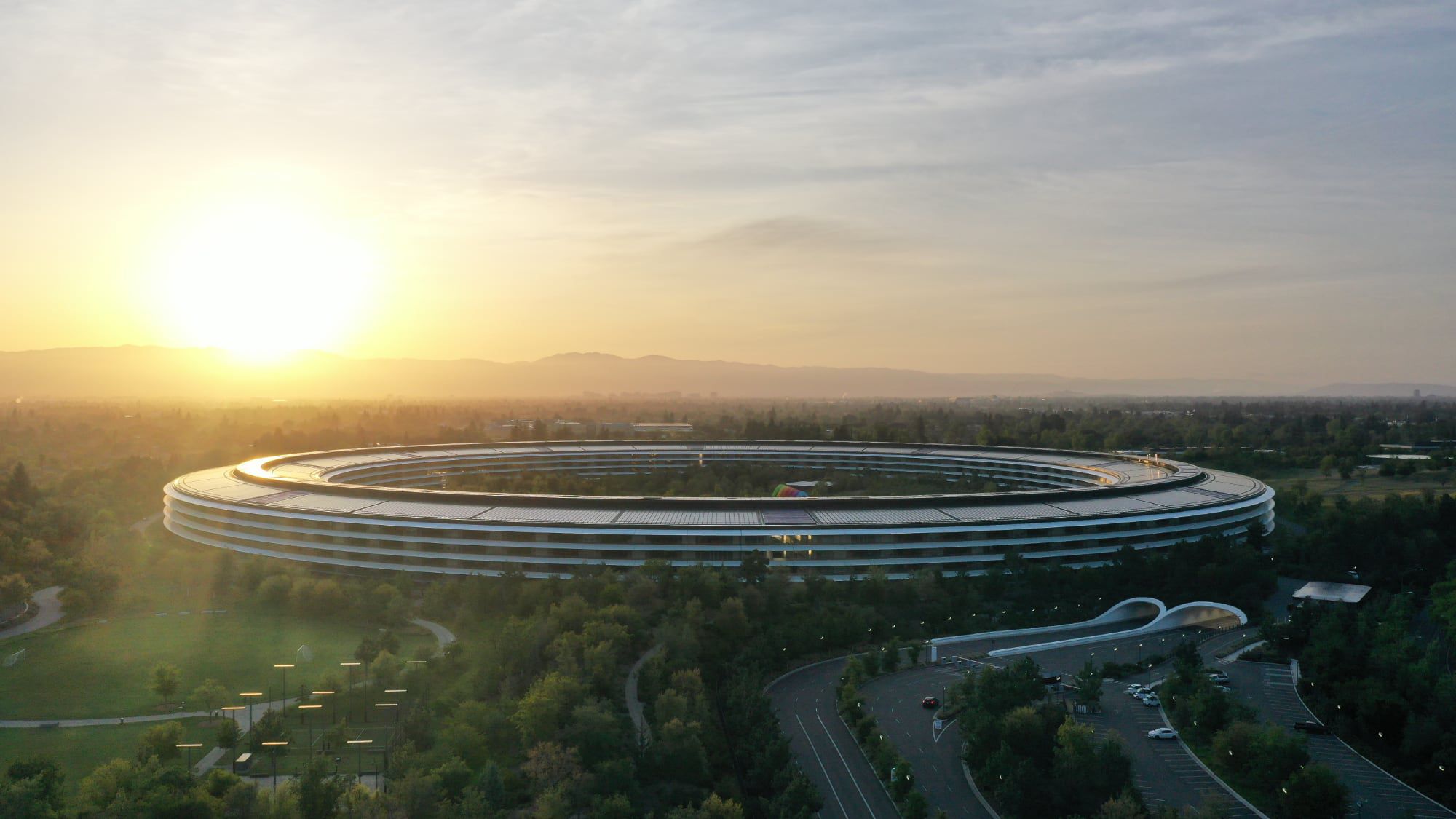
![Security Database Used by Apple Goes Independent After Funding Cut [Updated]](https://images.macrumors.com/t/FWFeAmxnHKf7vkk_MCBh9TcNMVg=/1600x/article-new/2023/05/bug-security-vulnerability-issue-fix-larry.jpg)


























































































